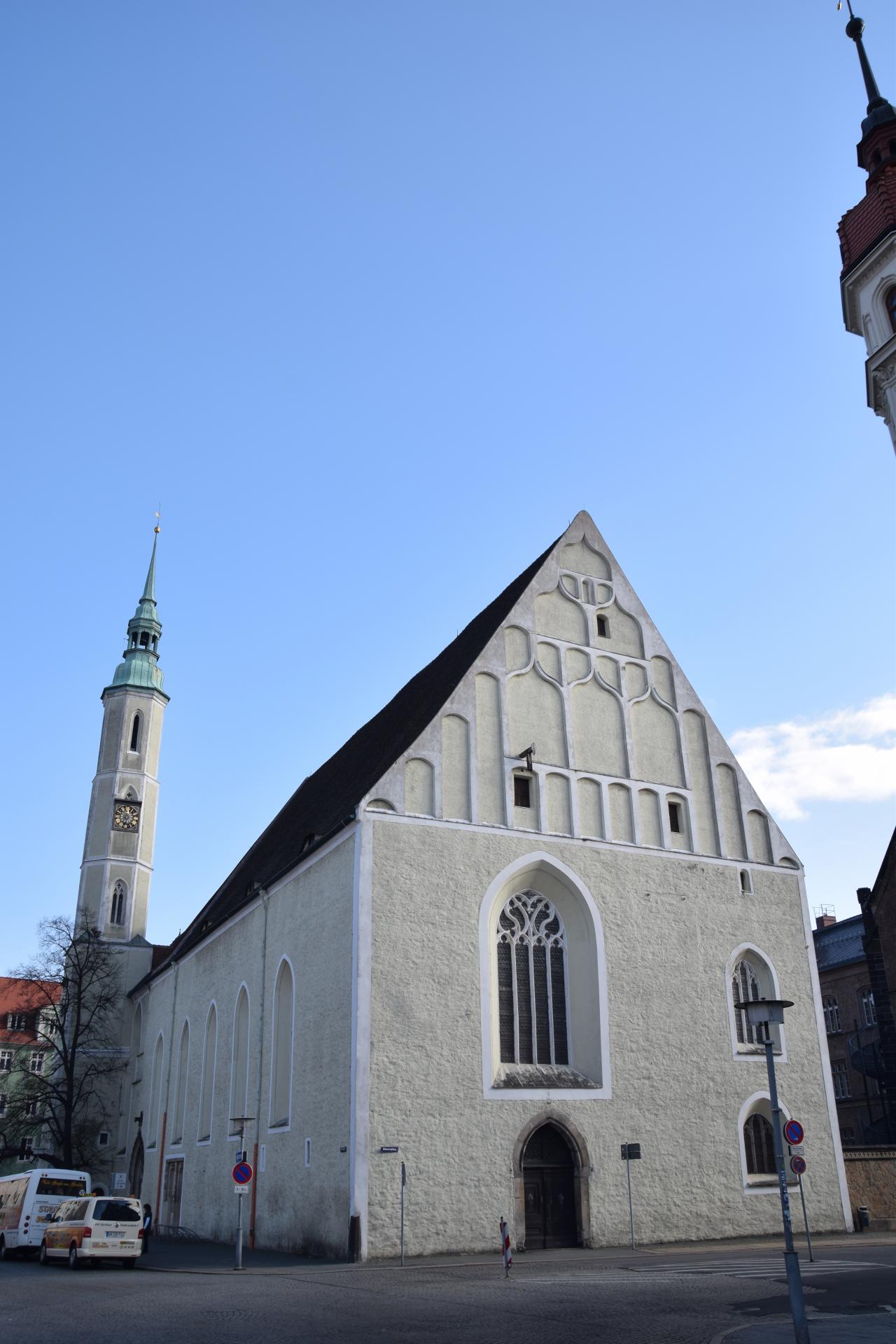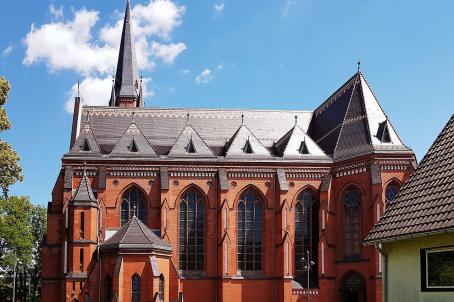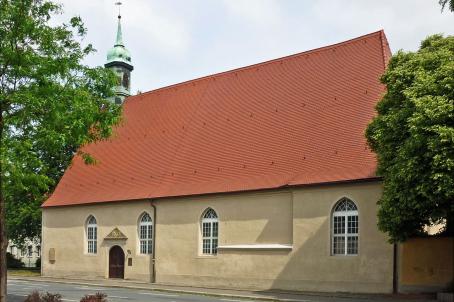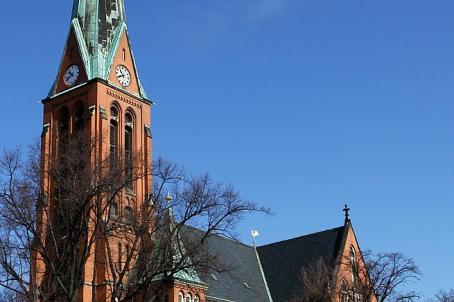Trinity Church
The Trinity Church is a Protestant church in Görlitz. It was built between 1234 and 1245 as a church of the Franciscan monastery on the present Obermarkt. In 1564, the monastery was transformed into a school and in 1712 it became a parish church.






